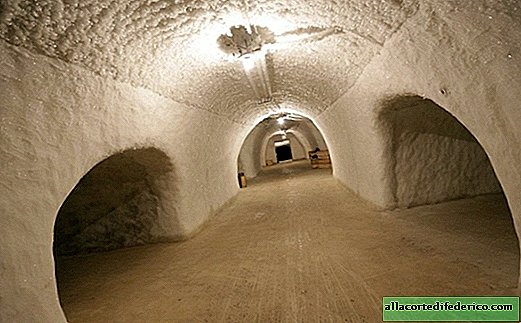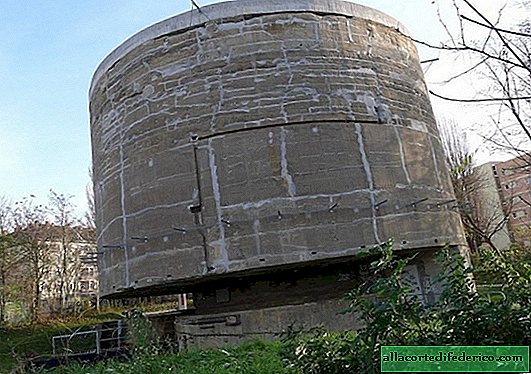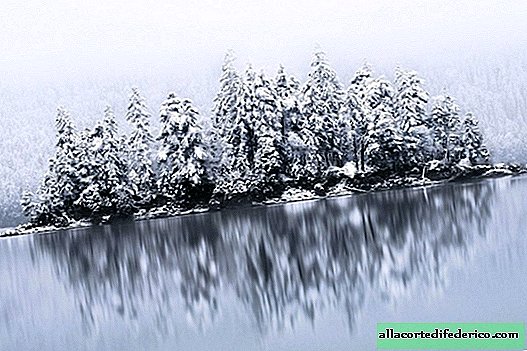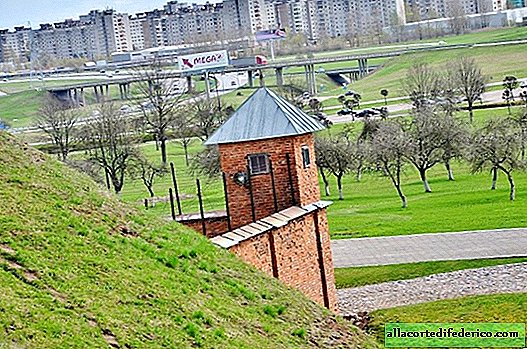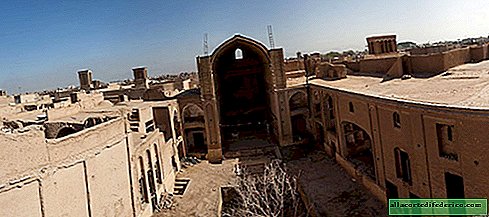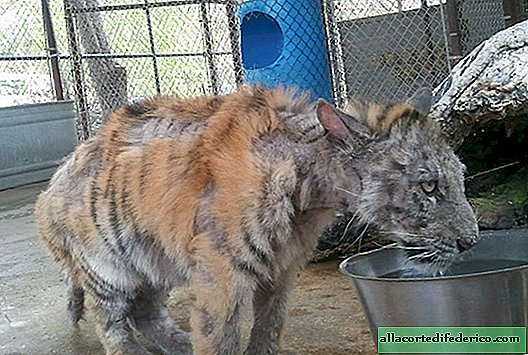Why in Japan planted a forest in the form of circles
In Japan, in Miyazaki Prefecture on the island of Kyushu, an unusual section of the forest is located. The trees here grow in the form of two circles and give out human participation in the formation of this landscape. Looking at aerial photographs of this area, you might think that Japanese foresters got bored during the grueling plantations and decided to be creative by planting trees in the form of two circles. In fact, the circular plantings of the Japanese cryptomeria conifer are part of an important experiment that has been going on for more than 45 years as part of the ministerial program.

Japanese forestry officials set out to find out how the distance between trees during planting affects their further growth. To do this, they planted trees in the form of circles, each of which is filled with 10 rows of plants, but the distance between them in each row is different. The closer to the center, the trees grow in more cramped conditions, and they are separated by a shorter distance, but the number of trees planted remains constant in any circle. Of course, even at the initial stage, it was assumed that in more comfortable conditions and with better access to sunlight, trees would develop faster, but it was necessary to determine how much the specimens growing at different distances from the center would differ from each other.

After 45 years, forestry employees found: the greater the distance between neighboring trees, the better the tree develops, and the difference in height between the trees on the outermost and innermost circles was an impressive 5 meters. The results will certainly be used when planting new plantations, because Japan is a country that is actively engaged in reforestation on its territory. In this country, more than 1/3 of all forests belong to the category of artificial plantations, and they are used for the construction industry, as well as a significant share of imported wood. It is worth noting that it was the Japanese cryptomeria that participated in the experiment that is used more often than other breeds in forest plantations.


